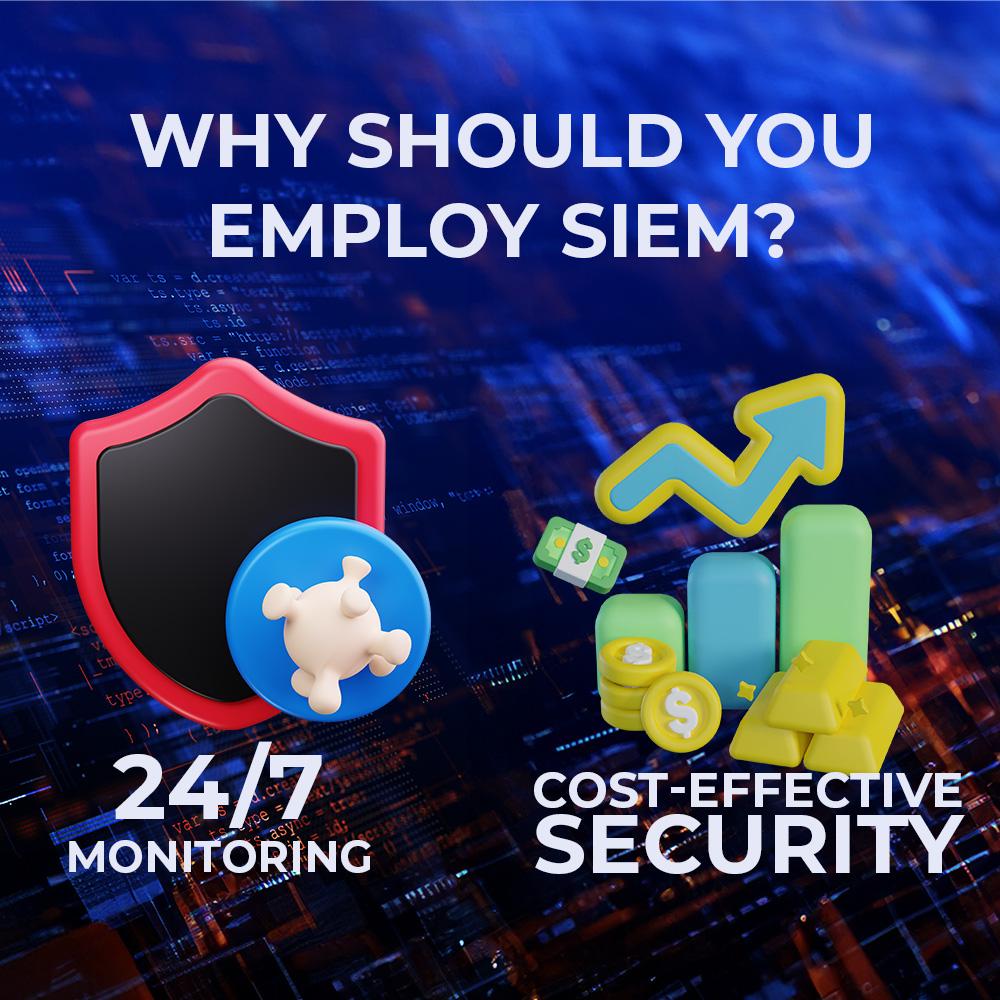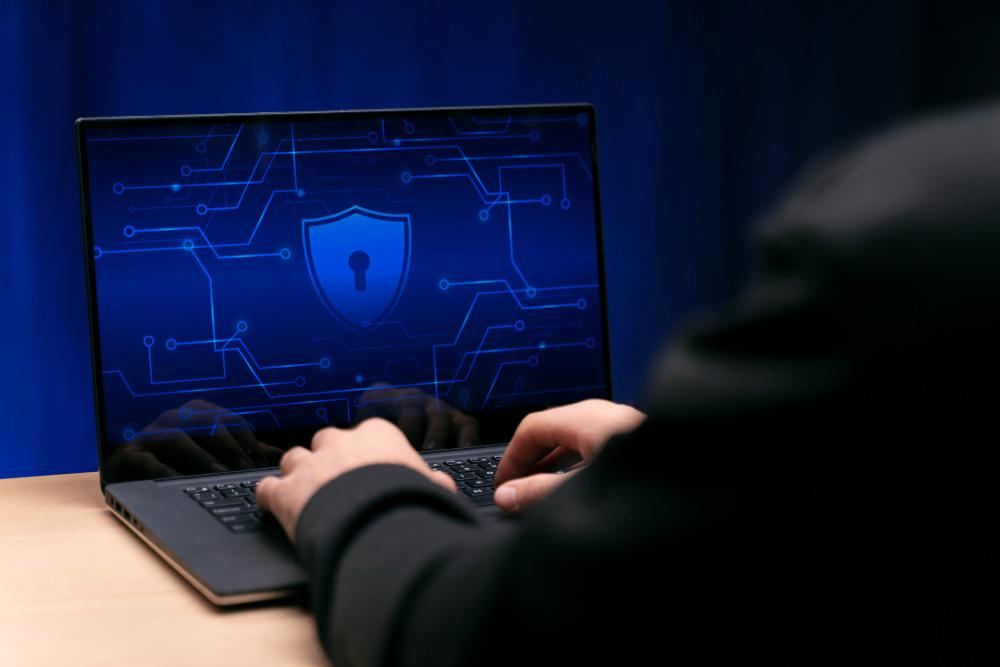The modern cybersecurity landscape demands more than just traditional antivirus software. The real power lies in integrating Security Information and Event Management (SIEM) with robust antimalware solutions. This combination provides deep visibility, real-time threat detection, and automated response capabilities—key factors in keeping your business safe from evolving cyber threats.
Understanding SIEM and Antimalware Solutions
What is SIEM and Why Does It Matter?
SIEM (Security Information and Event Management) is like your cybersecurity command center. It collects and analyzes security data from across your network—firewalls, endpoints, servers, and applications—allowing security teams to detect and respond to threats in real time.
Some of the most powerful SIEM tools include:
- Splunk – A market leader in log analysis and threat detection.
- IBM QRadar – Ideal for enterprise-level security monitoring.
- Microsoft Sentinel – A cloud-native SIEM powered by AI-driven analytics.
How Antimalware Solutions Keep Threats at Bay
While SIEM is your security watchdog, antimalware software serves as the frontline defense against malicious software such as viruses, ransomware, and trojans. Advanced antimalware tools like Malwarebytes, Bitdefender, Windows Defender, and SpyHunter leverage behavioral detection and artificial intelligence to neutralize threats before they spread.
Why SIEM and Antimalware Integration is Essential
Enhanced Threat Detection and Response
A standalone antimalware program can block malware, but it doesn’t provide a full picture of how an attack unfolds. By integrating SIEM with antimalware, you get centralized visibility into all security events—helping to identify patterns and suspicious behaviors that might otherwise go unnoticed.

Automated Incident Response for Faster Mitigation
Time is everything when dealing with cyber threats. SIEM integration enables automated incident response, reducing the time it takes to isolate infected devices, terminate malicious processes, and prevent lateral movement within the network.
Meeting Compliance and Regulatory Standards
Industries subject to regulations like GDPR, HIPAA, and PCI-DSS require airtight cybersecurity frameworks. SIEM and antimalware integration provides detailed security logs, making it easier to prove compliance and avoid costly fines.
Reduction of False Positives
Traditional antivirus software sometimes flags benign activities as threats, leading to alert fatigue. With SIEM, security teams can correlate multiple data points to distinguish real threats from noise, ensuring that critical incidents get the attention they deserve.
How SIEM and Antimalware Work Together
Data Collection and Threat Correlation
SIEM gathers logs from all security tools, including antimalware software, and correlates data to detect abnormal patterns. For example, if an endpoint security tool flags a malware infection, SIEM checks whether there are other indicators of compromise across the network.
Real-Time Threat Intelligence Integration
SIEM solutions leverage global threat intelligence feeds to recognize new malware strains and cyberattack tactics. When combined with advanced antimalware software, organizations can stay ahead of zero-day attacks and emerging threats.
Automated Response and Mitigation
SIEM systems can trigger automated responses such as:
- Quarantining infected endpoints.
- Blocking malicious IP addresses.
- Generating instant alerts for security teams.
- Initiating forensic analysis to understand attack origins.
Challenges of SIEM and Antimalware Integration
While the benefits are undeniable, integrating SIEM and antimalware is not without challenges:
- Complex Setup & Configuration – Ensuring seamless data sharing between SIEM and antimalware tools requires proper configuration.
- Managing High Volumes of Security Logs – Without fine-tuning, SIEM can generate an overwhelming number of alerts.
- Cost Considerations – High-quality SIEM solutions require a financial commitment, but the investment is justified by enhanced security.
Best Practices for Effective SIEM and Antimalware Integration
Choose Compatible Security Solutions
Ensure that your SIEM platform and antimalware software integrate seamlessly. Compatibility ensures smooth data exchange and better threat correlation.
Fine-Tune Threat Correlation Rules
Customize your SIEM rules to filter out noise and focus on high-priority threats. This reduces false positives and improves response efficiency.
Automate Incident Response Workflows
Leverage Security Orchestration, Automation, and Response (SOAR) solutions to streamline security operations and reduce manual workloads.
Keep Threat Intelligence Feeds Updated
Cyber threats evolve rapidly. Ensure that both your SIEM and antimalware solutions receive real-time threat intelligence updates.
Conduct Regular Security Audits
Periodically review your security policies, incident response procedures, and SIEM configurations to adapt to emerging threats.
Real-World Success: SIEM and Antimalware in Action
Many organizations have successfully leveraged SIEM and antimalware integration to boost their cybersecurity posture. For instance, a financial institution recently prevented a massive data breach by detecting suspicious activity through SIEM, correlating it with antimalware logs, and automatically isolating infected systems before any data was exfiltrated.
Final Thoughts: Strengthen Your Security Today
Cyber threats aren’t slowing down, and relying on standalone security solutions is no longer enough. SIEM and antimalware integration provides an advanced, intelligent defense system that not only detects threats but also responds to them in real time.
If you’re serious about protecting your organization from cyberattacks, now is the time to upgrade your security strategy by integrating SIEM with robust antimalware tools. With the right setup, you can achieve a proactive, data-driven approach to cybersecurity that keeps your business safe from emerging threats.
SEO-Optimized Keywords & Tags:
SIEM and antimalware integration, cybersecurity solutions, threat detection and response, automated security monitoring, enterprise cybersecurity, real-time threat intelligence, security event correlation, malware prevention, advanced threat protection, cyber attack mitigation, security automation, best SIEM tools, compliance and cybersecurity, reducing false positives in SIEM, security information and event management, cybersecurity best practices, zero-day malware detection, threat intelligence feeds, cybersecurity automation solutions.





